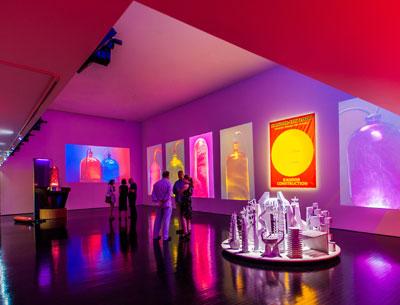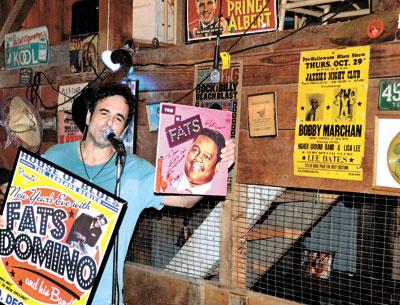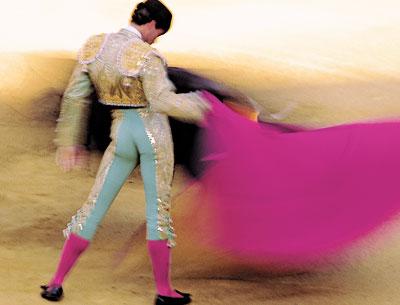‘Artists on Film’: A New Series
‘Artists on Film’: A New Series
The Pollock-Krasner House and Study Center will present “Artists on Film: Motion and Emotion,” a series organized by Marion Wolberg Weiss, a film historian and art critic, on Fridays through September.
In exploring how artists used film to communicate movement and expression, Ms. Weiss was inspired by Jackson Pollock and his role as an “action” painter. She will discuss the films after the screenings.
Tomorrow’s films are “Jackson Pollock,” by Hans Namuth and Paul Falkenberg, a 10-minute film from 1951 that captures the painter outdoors in Springs behind his house, and “Day of the Painter,” from 1960, a 14-minute spoof of the Namuth film. It won an Oscar for Best Short Subject in 1961.
On Friday, Sept. 14, Val Telberg’s “Montage Haitien,” from about 1955, and “Themes from ‘Widow’s Walk,’” circa 1961, will be shown with Maya Deren’s 1944 “At Land.” All are short films. Mr. Telberg’s subject is his wife, Lelia Katayen, a choreographer, dancing both in Haiti and in Amagansett. Ms. Deren’s Surrealist film is also shot on the beach in Amagansett.
On Sept. 21, a 20-minute film by Herbert Matter will be shown. “Works of Calder” turns the lens on Alexander Calder making mobiles in his Connecticut workshop and compares the process to the changing environment in Montauk. John Cage scored the film, which was produced from 1959 to 1960, and Pollock served as production assistant.
On Sept. 28, six films by Len Lye will be shown: “A Colour Box” from 1935, “Trade Tattoo” from 1937, “Color Cry” from 1952 to 1953, “Rhythm” from 1957, “Free Radicals” from 1958, and “Particles in Space” from 1979. All are about three to four minutes long. Mr. Lye was a photographer, painter, and an early direct animator whose films combined dance, ritual, music, and art in an experimental mix. He was friendly with Pollock and other Abstract Expressionists, and their style had an influence on his work in the 1940s.
All the films begin at 7 p.m. The series is $5 at the door and free for members.








